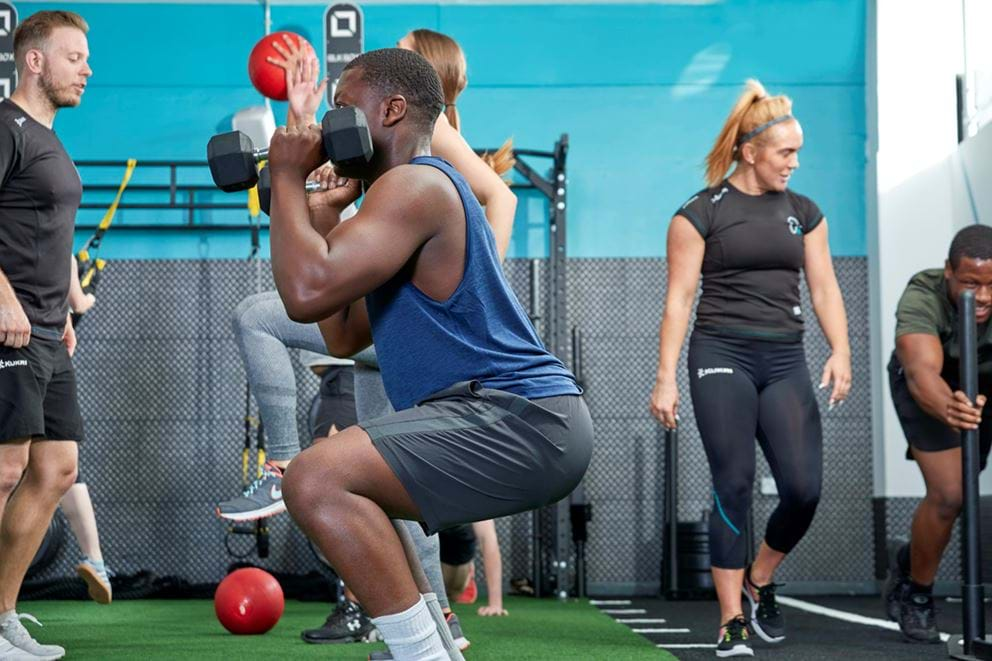How to create a realistic training plan to meet any fitness goal

With the end of the year looming large, many people are no doubt already setting their eyes on their New Years’ Resolutions. As always, a considerable number of those resolutions are bound to be focused on finally “getting fit”.
Whether you’re new to the world of health and fitness in general, or have been trying and failing to get yourself in shape for a while now, you need an effective training plan on your side. This is true whether you’re looking to get marathon-ready or want to scale up your bench press numbers in a big way.
Here are a few suggestions for how to create a bullet-proof and realistic training plan that will get you results.
Principles for structuring your training plan
Identify your fitness goals and focus most of your efforts on a particular discipline for a set period
There’s a saying that goes “if you don’t know where you’re trying to get to, you’ll never arrive”. Well, when you don’t know what your fitness goals are, you’re unlikely to structure a training plan that makes you happy with the results.
There are many different dimensions to “fitness”, ranging from raw strength to anaerobic conditioning, flexibility, and more. At any given time during a gym session, you’ll be working on multiple different aspects of the fitness equation. But it’s essential to have a primary focus.
The reason why bodybuilders go through “bulking” and “cutting” cycles is because gaining muscle, or losing fat, are far more manageable goals when pursued independently, then when pursued at the same time.
Identify your current fitness goals, and structure your training plan around one primary goal for at least the next few months. Either train for a marathon or train to compete in a powerlifting meet, but don’t try and do both at once.
Structure your training plan around straight-forward fundamentals. Don’t over-complicate things
There’s an almost unlimited amount of complexity to be found in the fitness world, to the point where anyone could be forgiven for having a small break-down and giving up before even beginning down the path.
There are thousands of articles online about the best exercises and training principles, thousands of books detailing all-encompassing training methodologies, and a massive industry filled with as many supplements and training tools as you could imagine.
In all likelihood, most of these various approaches and tools will have some positive impact, but if you don’t focus your attention, you’ll never make any visible progress.
Structure your training plan around straight-forward fundamentals, and add in some of the more complicated stuff, sparingly, in the form of accessory work. But avoid overcomplicating things and confusing yourself.
Want to start building muscle, but have no idea which of the thousands of different pre-fabricated weightlifting protocols to go for? Start by focusing on the powerlifting “Big Three”; bench press, squats, and deadlifts.
Consistency is king — start small and don’t miss a session
Having a single gruelling training session doesn’t make you fit, jacked, or athletic. Having many ordinary training sessions, one after the other, over a long period of time, is the key to meeting your fitness goals.
Consistency is king. It’s more important that you show up to the gym when you plan to, and put in the work than it is to have the perfect method.
To ensure consistency, start small. Structure your training plan around the fewest exercises possible, and work within your capacity, while emphasising gradual progressive overload. If you finish each training session feeling like you’re about to die, you’re less likely to remain consistent over time.
Training tips
Consider tracking your calories if you’re specifically trying to bulk up or lean out
Generally speaking, you’ll need to eat at a caloric surplus to gain significant amounts of muscle, and you’ll need to eat at a caloric deficit to lose a significant amount of fat.
People often aren’t good at accurately estimating how much or how little they’re eating. Tracking calories via tools like MyFitnessPal can make all the difference.
Focus on barbell programs with moderate reps per set, and periodisation, for strength and size gains
It’s hard to go wrong by following a basic barbell training routine if you want to build muscle and strength. Simple, heavy lifts, in a moderate rep range, are key.
If possible, follow a barbell routine that includes periodisation to account for plateaus and off days. Greyskull LP has a good periodisation component built in.
For athletic cardiovascular conditioning, combine conventional “road work” with HIIT sessions
If it’s cardiovascular athleticism you’re after, don’t buy the hype that you only need to do sprint intervals and you’re set. Conventional steady-state cardio, or “roadwork”, is key, too.
Combine conventional running with HIIT sessions to cover all angles and work both the aerobic and anaerobic systems.


